It’s Not As Easy As Just Turning Off The Lights
Carolyn Anthon, a student graduate of JHU’s Environmental Sciences and Policy Program, has learned just how challenging it is to implement a sustainability program. As a part of Will O’Brien’s sustainability class, Carolyn’s (and her partner’s) task was to create a sustainability plan specific to a current business which met their specific needs. Taking the [...]
Weekly Environmental News: April 7 – April 13, 2013
From the continued coverage of the oil spill in Arkansas to the mounting protests against Amazon land auctions in Ecuador, oil still remains a big topic in the news.
Pushing the Envelope of Green Building
As energy efficiency products become more mainstream and many localities adopt enhanced green building standards (for example, California), green building rating systems must adapt to a changing landscape and continue raising the bar on building performance.
Gaining A Deeper Understanding of Public Lands
Because I am professional photographer, my husband and I always plan our vacations around beautiful places. For us, this generally means visiting national parks, monuments, preserves or state parks. I have always looked at the landscape for its visual aesthetic; what compels and draws my eye. My husband, the naturalist, turns over rocks, identifies insects, [...]
TreeKeepers 101 Teaches Baltimore Residents How to Care for Street Trees
“Trees are an act of faith. What we’re doing tonight is about folks thirty, forty, fifty, a hundred years from now.” Erik Dihle, chief of the forestry division with Baltimore City’s Department of Recreation and Parks, spoke to an auditorium filled with nearly 100 people gathered for TreeKeepers 101: Trees and Baltimore. He was one [...]
Weekly Environmental News: March 31 – April 6, Earth Month, Arkansas Oil Spill and More
Earth Month, the White House garden planting, aging oil pipelines in Arkansas, watering the desert in Peru, and late-coming cherry blossoms in the nation’s capital are all featured in this week’s environmental news.
In ‘Flight Behavior,’ the Climate Brings Butterflies and Change to a Rural Town
Barbara Kingsolver’s latest novel, “Flight Behavior,” is a tale of how people in rural Tennessee react to climate change. The protagonist, Dellarobia Turnbow, is a stay-at-home mother of two young children in a farming community in the hills. The story begins as she’s hiking up the farm’s back mountain for a rendezvous with a lineman [...]
Environmental News – March 24 – 31, 2013
Popular Insecticides May be Killing Bees, Green Walls Reduce Air Contaminants, Arctic Ice Reduction Linked to Extreme Weather, Extinct Species Revival, and Lead Based Paint all in this week’s Environmental News
Exxon Mobil Oil Spill in Arkansas
The Exxon Mobil Pegasus pipeline ruptured on Friday, leaking an estimated 4500 barrels (189,000 gallons) of oil into a subdivision in Mayflower, Arkansas – less than 30 minutes from Little Rock. There are conflicting reports on the source and type of oil that was spilled, with some environmentalists claiming this to be a Canadian [...]
Weekly Environmental News – March 17 – 23, 2013
World Water Day and the International Year of Water Cooperation March 22nd is the United Nations World Water Day, a day to call attention to water issues around the globe. 2013 is also the International Year of Water Cooperation, highlighting the importance of water as a global resource. Check out this list of worldwide events [...]
Weekly Environmental News – March 17, 2013
Compulsory Integration and Hydraulic Fracturing in New York New Yorkers that oppose Hydraulic Fracturing beneath their property may not have a choice based on 2005 legislation. The so-called “compulsory integration” rules, which exist in 39 states across the country, essentially force property owners to sell the oil or gas beneath their property. The rules allow [...]
CFL Bulbs and Mercury: What You Need to Know
Compact fluorescent light bulbs (CFLs) contain an average of 4 milligrams of mercury, about the amount that would cover the tip of a ballpoint pen. This is much less than the amount contained in those old mercury thermometers, or even the amount deemed safe to consume in our diet from fish. But make no mistake, mercury is a neurological toxin. The EPA uses 0.1 micrograms per kilogram of body weight per day as the accepted exposure level for oral consumption without recognized adverse effects. Inhaling mercury vapor in significant amounts (greater than 0.025 mg/m3) can cause deficits in cognitive functioning, tremors, kidney damage and even death in cases of high exposure. If mercury is so toxic, why is it in a common household item such as a lightbulb?

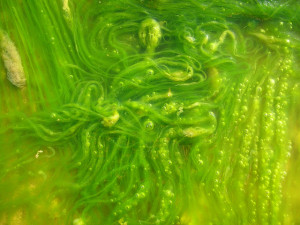

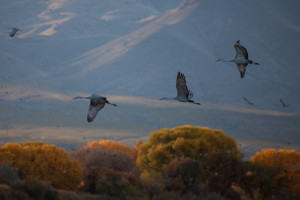
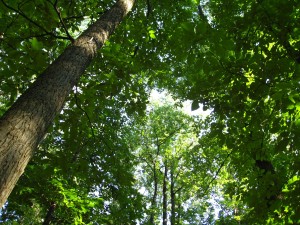
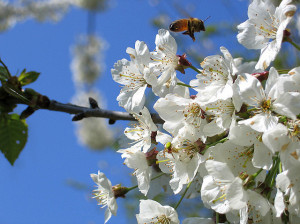
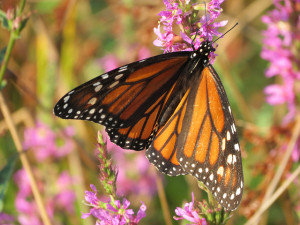
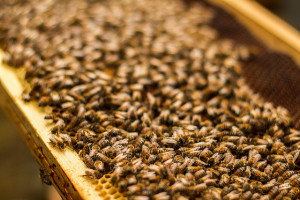

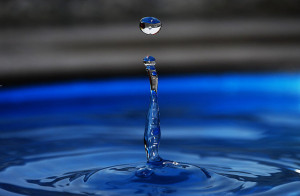

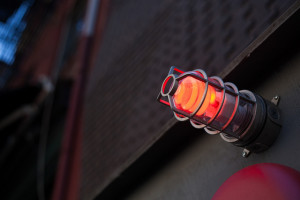

Recent Comments